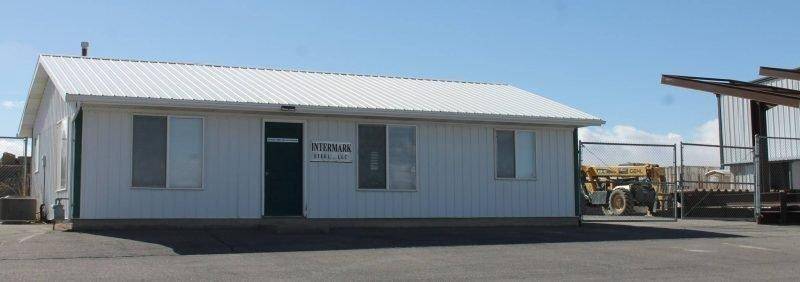SEUALG Press Release
When someone starts or expands a business, sometimes their capacity to find financial resources is difficult. For those that are ready to do that and have been turned down by traditional financial institutions, the answer may be getting a loan from the Southeastern Utah Economic Development District (SEUEDD).
The RLF program was started in 1969 by the Southeastern Utah Association of Local Governments (SEUALG) and the Economic Development Administration (EDA). The program began when SEUALG secured a grant with matching money from the EDA to start the fund.
Dawna Houskeeper, program manager for the RLF, said that over the years, money has been lent out and more often than not, been paid back in full with interest. The interest that has been paid from past loans has been used to grow the fund over time. The money available in the fund year after year differs since its balance depends on the status and amounts of previous loans. The two agencies work together, but the qualifications, procedures and policies for lending are under the EDA’s direction.
The fund is designed to help a business start or expand current businesses to grow. Over the years, many different types of businesses have benefited from the program. A few examples include convenience stores, mortuaries, monument builders, saddle tree builders, steel manufacturing, food trucks and yurts.
“The qualifying businesses are unique and so is this loan program, which was designed to help them,” explained Houskeeper.
One specific business that benefited is Loveless Ash in Price, or as it is now known, Dustless Technologies. The company started from an idea that was developed in Mike and Colleen Loveless’ garage nearly 30 years ago. After utilizing the loan program to start up many years ago, the company has since grown by leaps and bounds. Today, they sell products throughout the United States and even overseas.
A more recent example is Intermark Steel, a company that is now located in the industrial park south of Price. Intermark’s Matt Blazer came to the agency for a loan to start up the business two years ago. The business manufactures specialty steel products such as railings and other fixtures that are often installed in large buildings that are being constructed or renovated. Intermark’s growth has been such in the last two years that Blazer was able to pay the loan off in March, thus releasing more funds for others to borrow if they are qualified.
One of the rules that apply when qualifying includes two documented previous denials from traditional banks or financial organizations.
Housekeeper said that that kind of situation is not unusual “because a lot of banks do not loan money for business start ups, as they feel it is too risky.” She added, “In fact, that is one of the reasons this program was started.”
Another condition is that the loan recipient will add one new job to the area for each $25,000 borrowed. Businesses have two years to create the jobs. The structuring for the tyles of employment expected to be created is such that the positions are in low to medium salary compensation levels.
“This helps not only to finance new business and growth, but also helps stimulate the economy by adding jobs,” she said.
The loan is only available to businesses in the four counties SEUALG serves; Carbon, Emery, Grand and San Juan.
The length of the life of the loan varies, because it depends on what the money is used for. A small loan for expansion may only require a year to be paid back. A larger loan that includes the purchase of real-estate may be longer. Depending on the loan type, the longest approval term is 10 years.
The program is often confused with the Fast Track Grant program or other kinds of Small Business Administration (SBA) loans. SBA loans come through traditional lenders while the Fast Track Grant programs are state run and are a grant program where businesses must match funds they are awarded. Businesses interested in that program must prequalify and must spend the money first on what it wants the grant for and then the grant is awarded to offset some of the cost. These are not funding mechanisms handled by SEUEDD.
Once applicants qualify for an RLF, it then goes to the SEUEDD board for approval. That is a two to three month process.
The bottom line of this unique program is that it qualifies loans for new business to start up or for existing businesses to grow. Going back to the list of kinds of businesses that have successfully borrowed money, such as yurts installed out in the middle of the remote desert, may not be something that a bank is willing to risk investment on, but in that case the revolving loan fund did just that. Certainly, those that have unique or unusual business ideas may have an opportunity to secure some financing through the RLF fund.
For those that want more information about RLF loans, Houskeeper can be contacted at (435) 613-0031 or at dhouskeeper@seualg.utah.gov.

